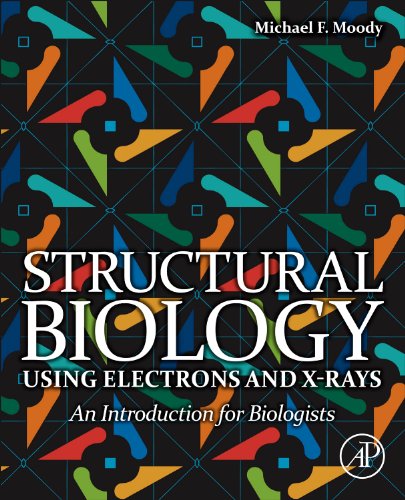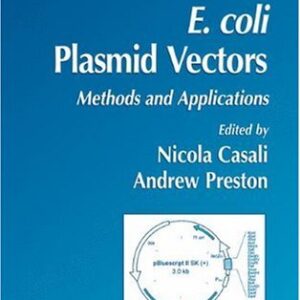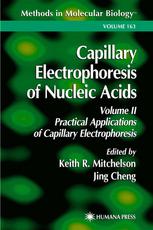Structural Biology Using Electrons and X-rays is the perfect book to provide advanced undergraduates or graduate students with an accessible introduction to the two major diffraction-based techniques of structural biology. While concentrating on electron cryo-microscopy with image analysis, it also includes X-ray crystallography in a coherent survey of fundamental principles. Starting with Fourier transforms and progressing through optics and imaging principles, symmetry and three-dimensional reconstruction theory, Structural Biology Using Electrons and X-rays ends in an account of the latest methods adapted to crystals, helices, viral heads, and single particles. Emphasis on common principles underlying all diffraction-based methods Thorough grounding in theory requires understanding of only simple algebra Visual representations and explanations of challenging content Mathematical detail offered in short-course form to parallel the text Amazon Exclusive: A Letter from Michael Moody on Structural Biology Using Electrons and X-rays To understand cell functions we need to know many macromolecular structures, which we get with sophisticated physical techniques: X-ray diffraction, electron cryo-microscopy, and NMR. Fourier transforms (FTs) are used in all three, but especially in the first two which calculate molecular images. Unfortunately, FT mathematics is not included in ordinary biology courses, adding to the difficulty of finding 3D biomolecular structures. This book aims to make FTs (and other relevant mathematics) as comprehensible as possible, by replacing equations with intuitive methods that use diagrams. These methods are then employed for explaining the first two structural techniques–particularly electron microscopy–covering both the classical methods appropriate for symmetrical structures and the more modern “single particle” methods. –Michael Moody
Biology
{pdf} Structural Biology Using Electrons and X-rays: An Introduction for Biologists Michael F Moody
$19.99






Reviews
There are no reviews yet.